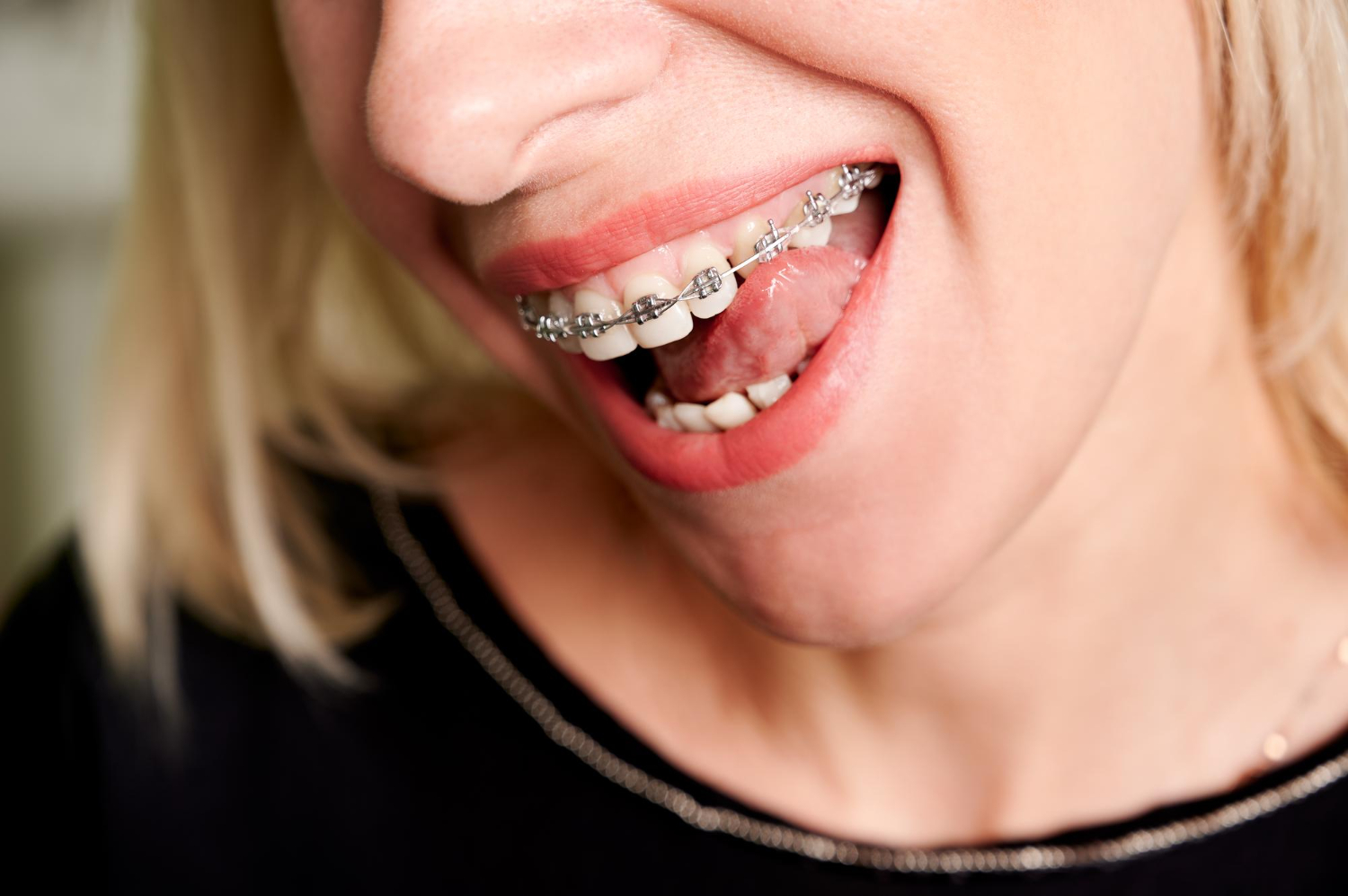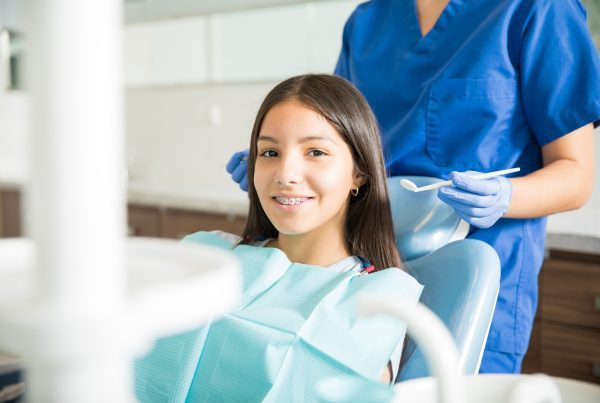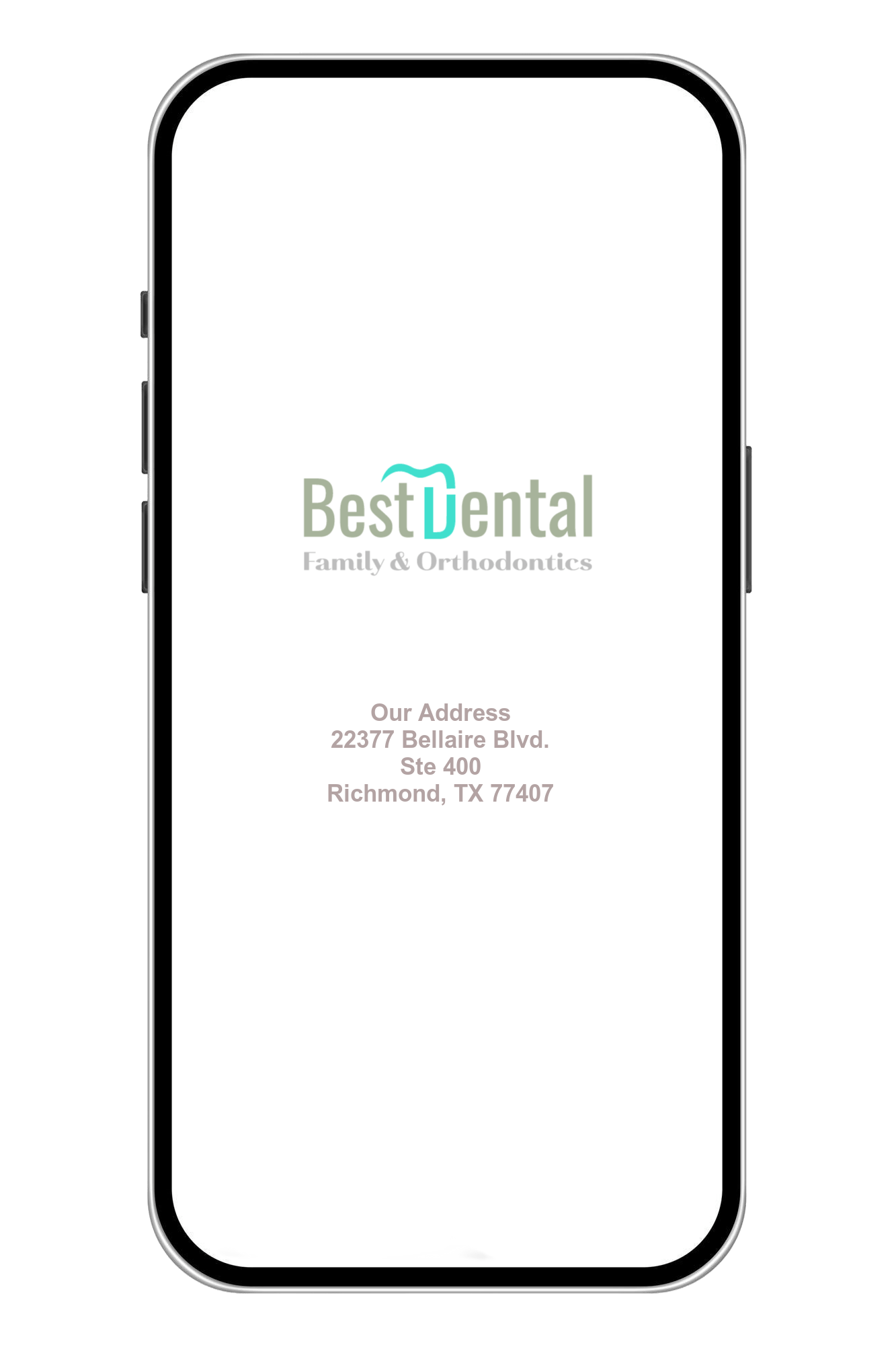Ideal Age For Teeth Braces
The best age for dental braces typically falls between 10 and 14 years old, during the early stages of adolescence. At this point, most children have lost their baby teeth, and their permanent teeth are growing in, making it an ideal time to correct alignment and bite issues. The jaw is still developing, which allows for easier movement of teeth and better results. However, braces can be effective for people of all ages, with many adults also choosing to undergo orthodontic treatment to improve their smile and oral health. Factors such as individual dental needs and the recommendation of an orthodontist play a crucial role in determining the optimal age for braces.
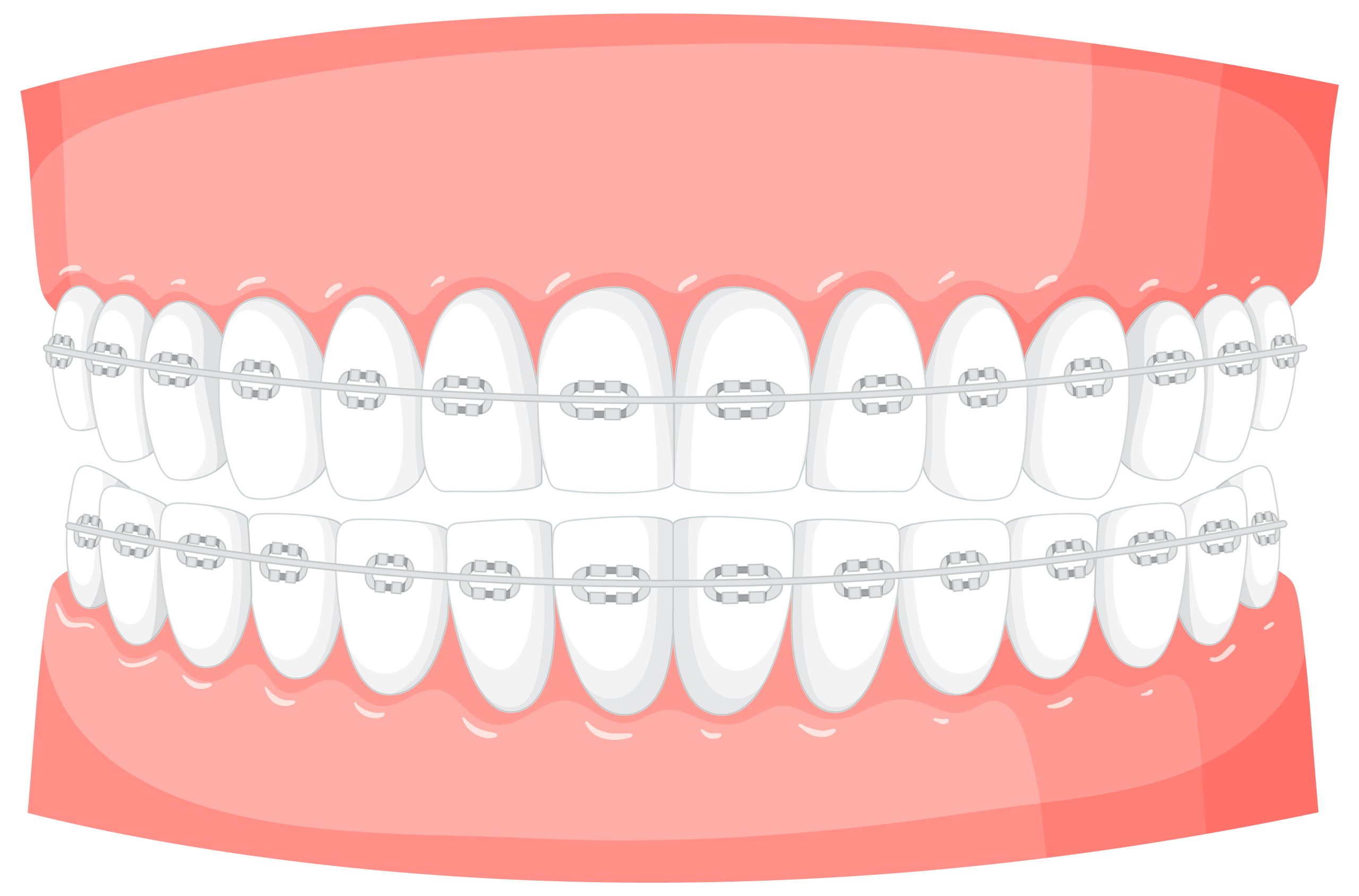
How does age affect the effectiveness of dental braces?
Age can significantly impact the effectiveness of dental braces. In younger patients, typically between 10 and 14 years old, braces can be more effective due to the fact that their jaws are still growing and their teeth are more easily moved into the desired positions. This allows for more predictable and efficient results. In contrast, adults may experience a longer treatment period because their jaws and teeth are fully developed, which can make movement more complex and slower. However, modern orthodontic techniques and technologies have improved outcomes for adult patients, making braces a viable option regardless of age.
What are the benefits of getting braces at a younger age?
Getting braces at a younger age offers several benefits. Firstly, the timing aligns with the natural growth of the jaw and teeth, which can make adjustments more effective and efficient. Early treatment can address issues like misalignment, overcrowding, and bite problems before they become more severe, potentially reducing the need for more extensive procedures later. Additionally, addressing orthodontic issues early can contribute to better oral hygiene, as properly aligned teeth are easier to clean and less prone to decay and gum disease. Early intervention can also boost a child’s confidence by improving their smile and overall dental health as they grow.
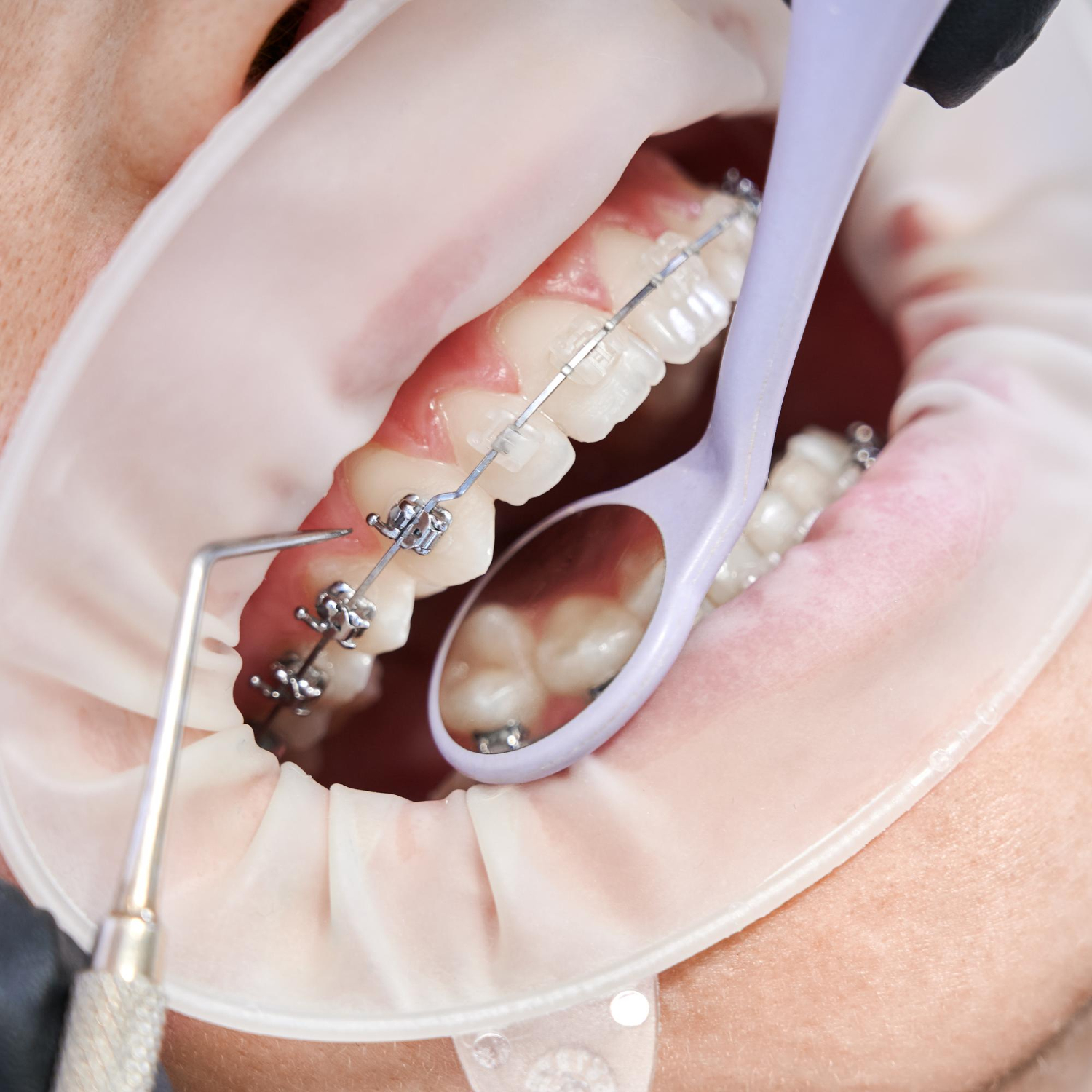
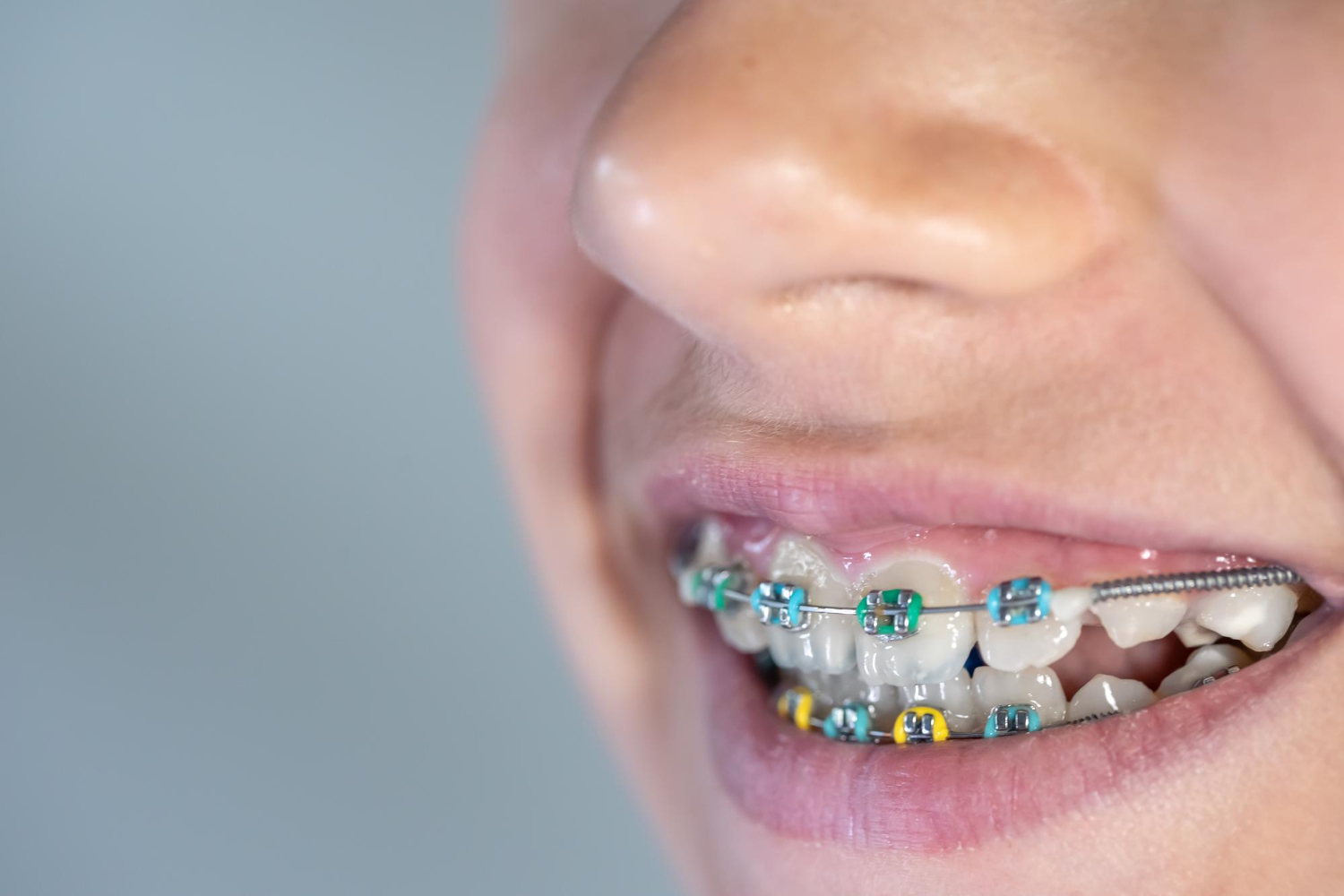
Is there a maximum age limit for braces treatment?
There is no maximum age limit for braces treatment. Orthodontic care is effective for individuals of all ages, from children to adults and even seniors. While treatment might be more complex in adults due to fully developed jaws and potentially existing dental issues, advances in orthodontic technology have made it possible to achieve excellent results regardless of age. Adult patients often choose braces or alternative options like clear aligners to enhance their smile, correct alignment issues, and improve overall oral health. An orthodontist can assess each case individually and recommend the best course of action based on the patient’s specific needs and goals.
What factors influence the timing for getting braces?
Several factors influence the timing for getting braces, including:
- Age and Growth: The development stage of a patient’s teeth and jaw plays a significant role. Early adolescence (ages 10-14) is often ideal because the jaw is still growing, allowing for easier and more effective alignment adjustments. However, treatment can still be successful at any age.
- Dental Issues: The specific orthodontic problems, such as overcrowding, gaps, or bite issues, determine the best time for intervention. Some issues may be addressed more effectively if treated early.
- Permanent Teeth Eruption: Braces are typically applied once most of the permanent teeth have erupted, which usually occurs around age 12 or 13. Early treatment might be recommended for specific issues even before all permanent teeth are in place.
- Overall Oral Health: A patient’s overall dental health, including the condition of the teeth and gums, can influence timing. Any existing dental issues should be resolved before starting orthodontic treatment.
- Orthodontic Assessment: Regular check-ups with a dentist or orthodontist can help determine the optimal time for braces based on ongoing growth and development.
- Patient Readiness: The patient’s readiness and ability to comply with treatment requirements, such as maintaining good oral hygiene and wearing any additional appliances, are also important considerations.
Each individual’s circumstances are unique, so a personalized evaluation by an orthodontist is essential to determine the most appropriate timing for braces.
